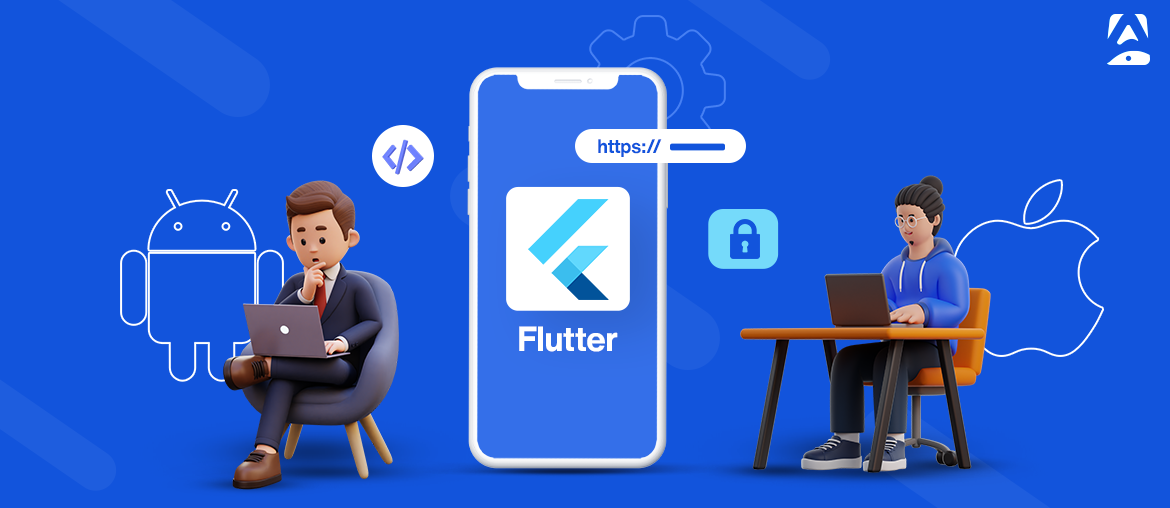Flutter, developed by Google, has emerged as a leading framework for building mobile and web apps. Its ability to deliver high-performance, cost-effective solutions has fueled its rapid growth. In this article, we’ll explore how Flutter is reshaping app development and why businesses are increasingly turning to it.
The Rise of Cross-Platform Development
In the past, developers had to write separate code for Android and iOS apps, significantly increasing costs and development time. Cross-platform development, where a single codebase works on both platforms, has solved this challenge. Click here Flutter has become a key player in this evolution, offering an efficient way to build apps that work seamlessly across different platforms.
Why Cross-Platform Development Matters
Cross-platform development reduces the need for multiple development teams, which streamlines the process and lowers costs. It also shortens time-to-market, enabling businesses to reach a wider audience faster. By using Flutter, developers can leverage a unified codebase, simplifying maintenance and updates.
Flutter’s Role in Cross-Platform Success
Flutter has redefined cross-platform app development by allowing developers to create apps that feel native on both iOS and Android, all from a single codebase. This eliminates redundant work and makes better use of development resources. As more companies adopt Flutter, its reputation as a go-to solution for efficient cross-platform development grows.
Flutter’s ability to deliver near-native performance with a single codebase has made it a game-changer in the industry. By simplifying app development, it’s helping businesses of all sizes build robust, high-performance apps with fewer resources.
Efficient Development with Hot Reload and Widgets
Streamlining Development with Hot Reload
One of Flutter’s standout features is Hot Reload, which allows developers to see changes to the code in real-time without restarting the app. This capability accelerates the development cycle and enables developers to quickly test design ideas or fix bugs. Click here With Hot Reload, developers can focus on innovation and improvement, rather than waiting for updates.
Customizable Widgets for Better UI/UX
Flutter offers a vast collection of pre-designed, customizable widgets that adhere to Material Design principles. These widgets ensure a consistent look and feel across platforms, but also allow developers to adjust the user interface to fit the unique branding of the app. The flexibility in UI design improves the overall user experience, making apps more engaging and user-friendly.
Improving Time-to-Market with Flutter
Speeding Up Development Cycles
With its Hot Reload feature, a rich set of customizable widgets, and cross-platform compatibility, Flutter significantly accelerates the entire development process. Developers can build apps faster, test across platforms simultaneously, and focus on delivering quality code with minimal delays.
Reducing Costs for Startups and Enterprises
Flutter also helps businesses save on development costs. By using a single codebase for both iOS and Android, businesses can avoid the need to hire separate teams for each platform. This cost-saving benefit is particularly valuable for startups and small enterprises, who can develop and maintain high-quality apps without breaking the bank.
Flutter’s Growing Popularity in the Developer Community
Support from Google and a Thriving Community
Google’s ongoing investment in Flutter ensures the framework stays up-to-date with the latest features and improvements. In addition, the large and active Flutter community shares a wealth of resources, tutorials, and open-source contributions, making it easier for developers to learn and overcome challenges.
Adoption by Startups and Enterprises
Flutter’s appeal extends to both startups and large enterprises. Companies across various industries are using Flutter for its efficiency, cost-effectiveness, and scalability. Click here Its widespread adoption is a testament to its ability to deliver high-performance apps with minimal resources, making it an increasingly popular choice for businesses of all sizes.
Future Trends: What’s Next for Flutter?
Expanding Beyond Mobile
Originally designed for mobile applications, Flutter now supports web and desktop platforms. This opens up new opportunities for developers to create fully cross-platform apps with a single codebase that works across all devices, further streamlining the development process.
Enhanced Performance and Features
Flutter’s performance continues to improve with each update. Future versions promise enhanced speed, better native feature integration, and more advanced testing and debugging tools. These improvements will make Flutter even more appealing to developers aiming to create cutting-edge, high-performance apps.


